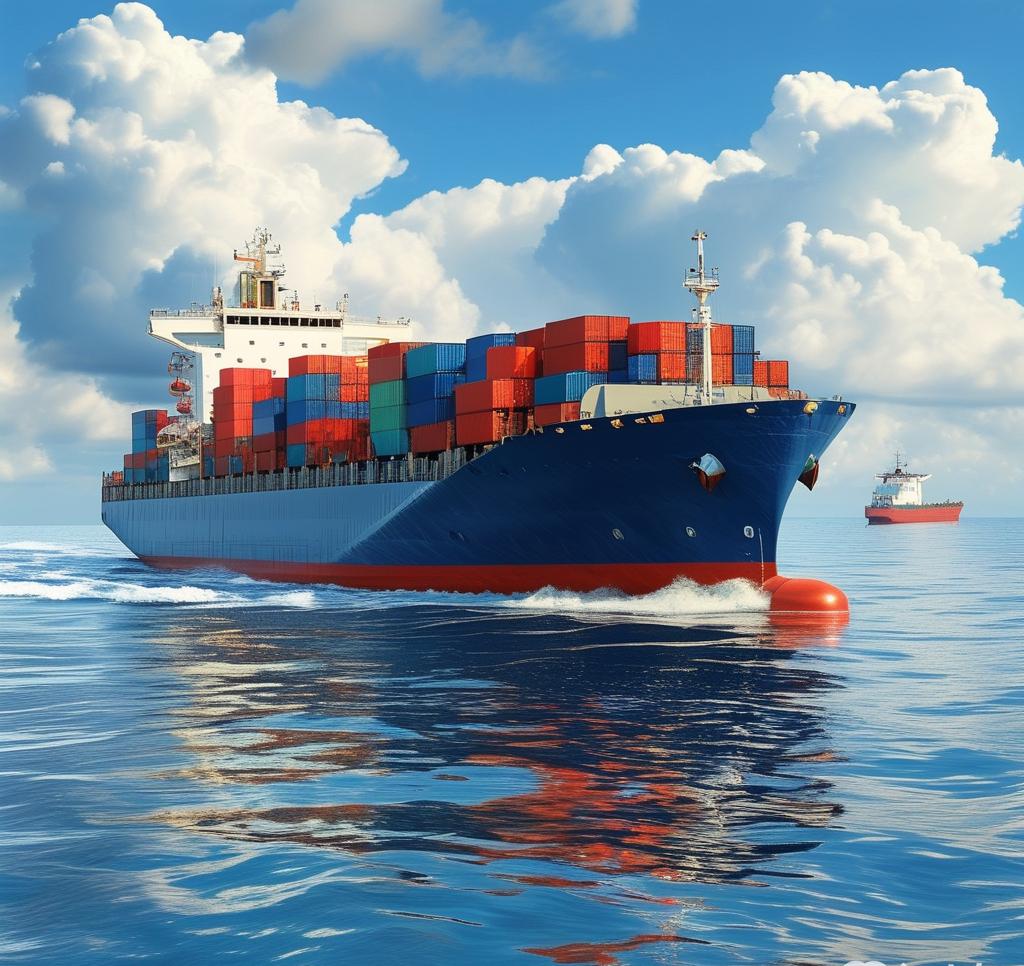As someone frequently importing products from China to the Philippines, I’ve found freight forwarding apps to be a game-changer. These platforms simplify cross-border transportation from China to the Philippines by letting me book, track, and manage shipments from my phone or laptop.
When I’m importing consumer goods into the Philippines—especially small or medium-sized orders—I use apps like Shipa Freight, Freightos, or Alibaba’s logistics services. These tools show me instant quotes, available carriers, and estimated delivery times. More importantly, they help optimize routes and handle customs clearance so I don’t have to coordinate with multiple vendors.
To avoid issues, I always make sure the items I ship comply with local regulations and are correctly categorized under HS codes. Once I confirm my order with the supplier, I input shipment details into the app, choose between air or sea freight, and arrange final delivery to my warehouse or retail outlet in the Philippines.

People Also Ask (PAA)
1. What are the best freight forwarding apps for shipping to the Philippines?
Top-rated apps include Freightos, Shipa Freight, and Alibaba Logistics—all offering easy booking from China to the Philippines.
2. Can I import consumer goods through these apps easily?
Yes, most apps are designed to streamline the import of consumer goods with tracking, customs support, and delivery services.
3. Do freight forwarding apps help with customs clearance in the Philippines?
Many apps partner with customs brokers to ensure smoother clearance and provide the necessary documentation.
4. How much does shipping to the Philippines cost using freight forwarding apps?
Costs vary by weight, volume, and mode of transport. Most apps offer instant quotes before you book.
5. Is cross-border shipping faster with apps?
Yes, using freight forwarding apps can reduce delays by centralizing logistics and automating the booking and tracking process.
